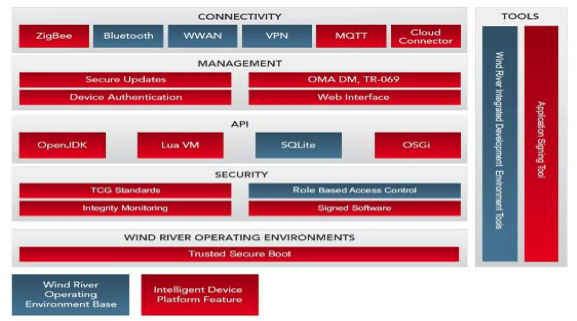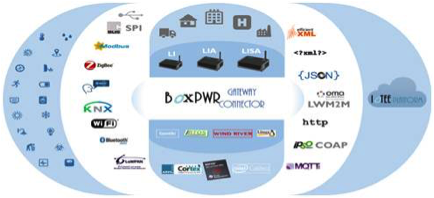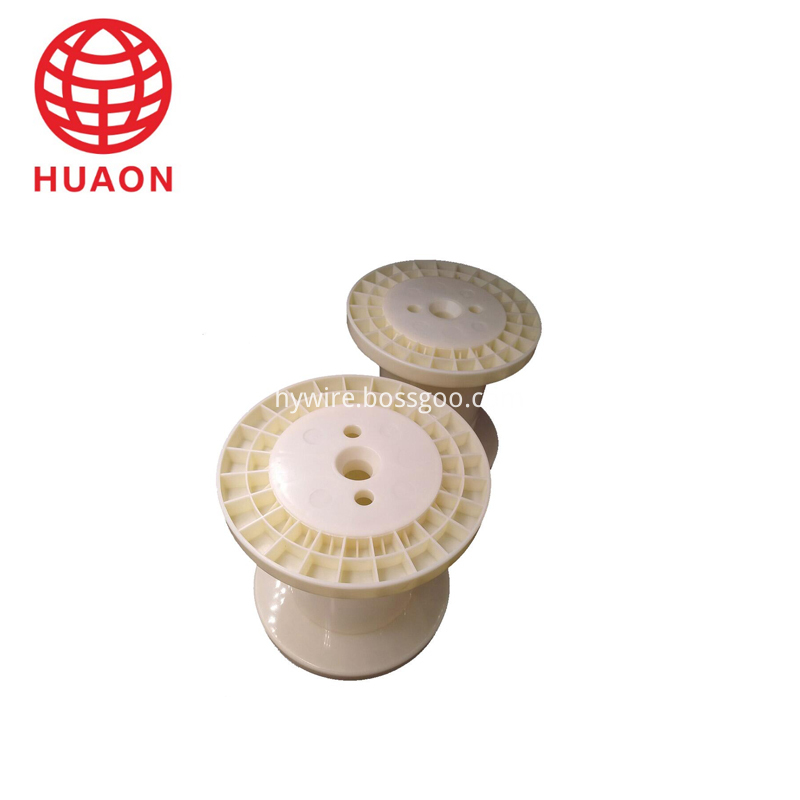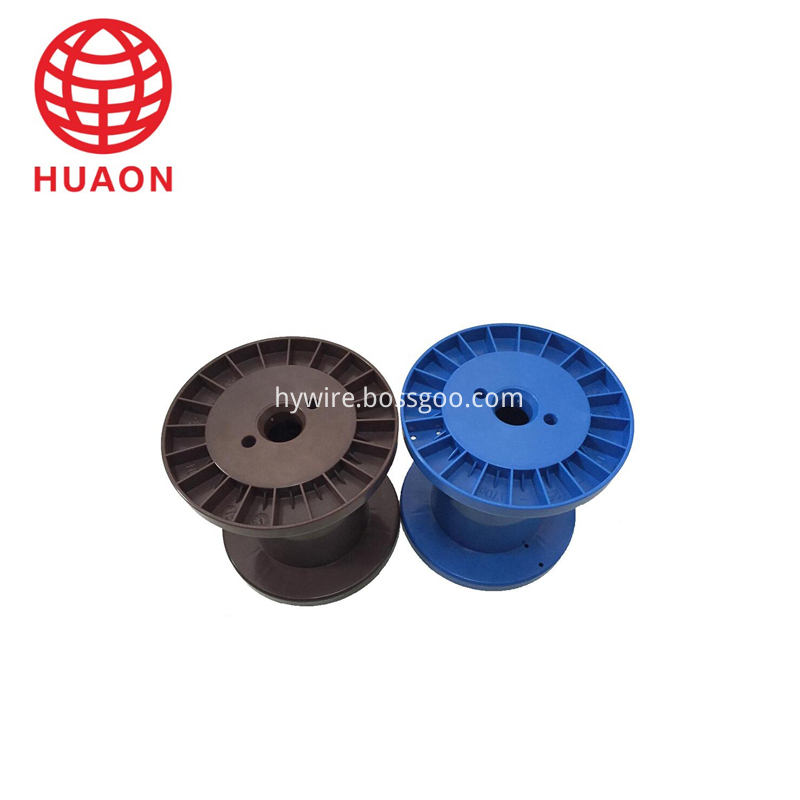Mark Scantlebury
As the number of connected devices in the Internet of Things (IoT) continues to increase, so does the complexity of deploying new devices and managing existing devices. This is especially true for low-power devices that are designed as follows: memory is limited and has the ability to operate on low-bandwidth connections, and often requires the use of traditional device management techniques for management. For maximum value, these resource-constrained devices require a way that is easier to configure and manage remotely so that their data can be collected and routed to the correct application. In recent years, equipment management technology has made great progress, from Open Mobile Alliance (OMA) Device Management for cellular networks (GSM, CDMA, 4G, etc.) to TR-069 for fixed networks (copper and fiber). And in recent times, Lightweight Machine-to-Machine (LWM2M) Device Management for constrained networks (IEEE 802.15.4, IEEE 802.15.1, etc.) is evident. However, these networks (cellular, fixed, and constrained) and their connected devices (Classes 0, 1, 2 and the farm and enterprise IoT gateways) bring complexity issues and bring in the design of the IoT device management software stack. Come to challenge. The need for a common security network framework further adds to the complexity. To meet the increasing demand for managing and protecting the security of these devices, manufacturers need a security device management component that can interoperate with other ecosystem partners' devices and servers. Altiux, a member of the IoT Solutions Corporation and Intel® Internet of Things Solutions Alliance, provides such a solution.
Fusion Device Management Framework for Gateways
Altiux, which is part of its IoT toolkit, provides IoT gateways with a converged device management framework that addresses multiple device and connectivity requirements in the industrial, energy, smart city, and smart home markets (Figure 1). This converged device management framework can help reduce operational complexity and provide a single management control interface that can manage devices regardless of device management methods. The converged device management framework is based on a common operating system (such as Wind River* Linux*)

Figure 1. Altiux's converged device management framework for IoT gateways supports interoperability in decentralized device management deployment scenarios.
Intel IoT Gateway designs including the Wind River Intelligent Device Platform XT have provided OMA DM and TR-069 (Figure 2). The converged device management framework adds OMA LWM2M client/proxy to these gateways, as well as multiple interoperable components (for example, OMA DM to OMA LWM2M bridging). LWM2M is a relatively new open industry standard that is specifically designed for devices with low power consumption, low bandwidth and memory, and processing power. Built on top of the Constrained Application Protocol (CoAP) information protocol from the Internet Engineering Task Force, LWM2M supports remote firmware upgrades, device monitoring and configuration, and device deployment.

Figure 2. The Altiux Converged Device Management Framework adds OMA LWM2M Client/Proxy to the Intel® IoT Gateway design and bridges components to the management protocols provided by the Wind River Intelligent Device Platform XT.
LWM2M implements the interface between device and server based on CoAP and Packet Transport Layer Security (DTLS), and binds these to UDP or SMS based messages for use by the transport layer. LWM2M is typically targeted at constrained devices, providing an extremely secure lightweight communications interface and an efficient data model for such environments. By adding OMA LWM2M to the Intel IoT Gateway, Altium's converged device management framework can provide efficient device management and security workflows for CoAP-based devices. In addition to the OMA LWM2M client/agent, the converged device management framework also provides:
• OMA DM to OMA LWM2M bridging for use with cellular networks
• TR-069 to OMA LWM2M bridging for use with fixed networks
• Provide OMA LWM2M server support for remote device management from the application side
Altiux's converged device management framework is provided as part of Altiux's BoxPwr IoT connectivity middleware (Figure 3). BoxPwr's bidirectional connectivity middleware connects limited legacy devices to the IoT network infrastructure. Four configurable variants – Standard, Micro, Nano and Pico – support a wide range of applications, from low-power devices such as wearables and health monitors to complex applications requiring cloud connectivity such as smart homes, smart buildings , smart street lighting, smart parking, vehicle management and manufacturing automation. The modular BoxPwr can be easily integrated with existing third-party device management, security, and communications solutions. And, in addition to its BoxPwr middleware, Altiumx also provides an Edgeware platform for remotely managing IoT devices and managing sensor data.

Figure 3. Altiux's BoxPwr IoT connection middleware can connect traditional restricted devices to the IoT network infrastructure.
IoTEE edge piece platform
Altiux's IoTEE Edgeware platform is an IoT platform that conforms to the OneM2M standard and provides device connectivity, device management, data management, and application support capabilities. The platform provides multiple device connection protocols (MQTT, CoAP, HTTP, and custom) and converged management servers. Combining BoxPwr on the gateway appliance with the IoTEE Edgeware platform provides customers with a pre-integrated solution that simplifies the development, deployment, and management of IoT devices in a very flexible, scalable, and secure manner.
Accelerate Time to Market with Intel® IoT Gateway Design
Altiux has adopted BoxPwr's Intel IoT Gateway for its extensive design and application in many fields. By providing pre-integrated, pre-verified hardware and software building blocks, gateway designs based on Intel IoT gateways can more easily connect traditional systems to new systems and support seamless and secure data flow between edge devices and the cloud. In addition, the Intel IoT Gateway can provide the critical analysis and intelligence required at the edge to ensure that only useful data is sent to the cloud, and that better management of data transmission management and reduced storage requirements and costs are supported. Intel IoT Gateway designs using Intel Quark SoC are extremely advantageous for power and thermal constrained environments. These SoCs have a maximum thermal design power (TDP) of only 2.2 watts.
Example
Altiux is studying a number of use cases that use its BoxPwr converged device management framework for Intel IoT gateway design. Here are some of these use cases:
• Smart city solutions For example, intelligent street lighting, which reduces energy costs, provides lighting where and when needed, and can be monitored remotely. This converged device management framework addresses the interoperability issues faced by current cloud-based device management servers, allowing gateways to securely manage LWM2M-based IP (Intelligent) lighting sensors. Operators can configure and deploy sensors that use the BoxPwr converged device management framework running on the gateway. Operators can later manage these sensors remotely from the cloud using any of the following three device management standards; OMA DM, BBF TR-069, or OMA LWM2M.
• Smart home solutions improve safety and reduce energy consumption. Intel IoT gateways supported by the converged device management framework can remotely manage devices in the home environment.
• Intelligent building solutions increase operational efficiency and reduce energy consumption. Gateways using BoxPwr can use LWM2M to securely connect, configure, and manage room cooling and lighting controls.
• Intelligent manufacturing solutions such as plant monitoring and analysis that increase operational efficiency and save costs. Gateways that use BoxPwr (supporting converged device management frameworks) can centrally monitor assets that can be managed remotely.
| About Plastic Spool |
For package of enameled copper and Aluminium Wire ,we also product plastic spool.White ,black, blue, and can be producted by requirements of clients.most of products' material are ABS.
PT 25/ PT 60/ PT 90/ PT 200 and DIN 250 and etc.


Product Process:
Material Ready-Production-demolding-deburring-Quality test-packing-shipping.It depends on the parts we made. Besides, we will maintain or replace the mould by ourselves.Hot processing molding, injection molding, extrusion is process of Plastic spool or bobbin.
Plastic Spool
Plastic Spool,Plastic Small Empty Wire Bobbin,High Quality Plastic Bobbin,Small Empty Wire Bobbin
HENAN HUAYANG ELECTRICAL TECHNOLOGY GROUP CO.,LTD , https://www.huaonwire.com
